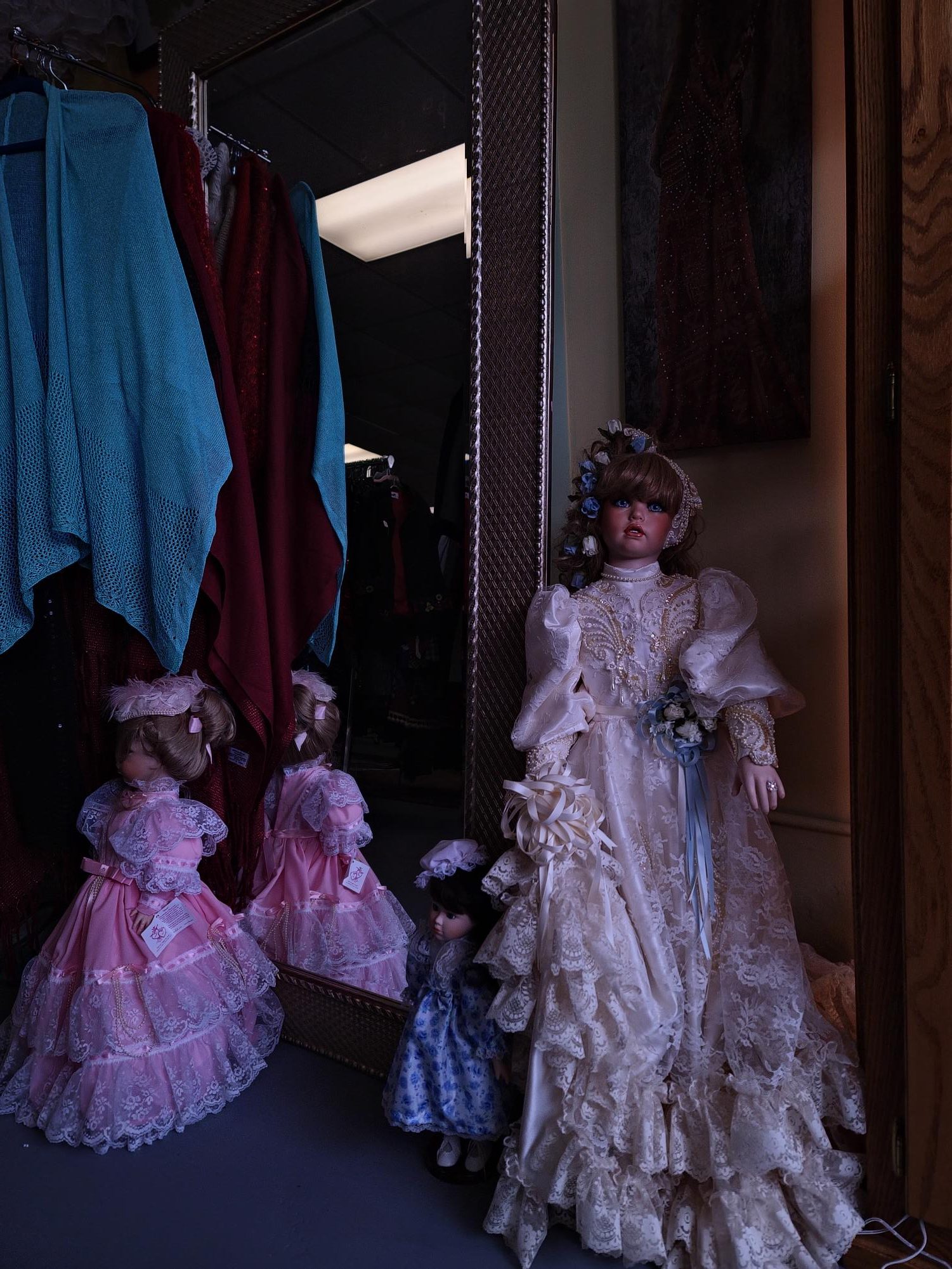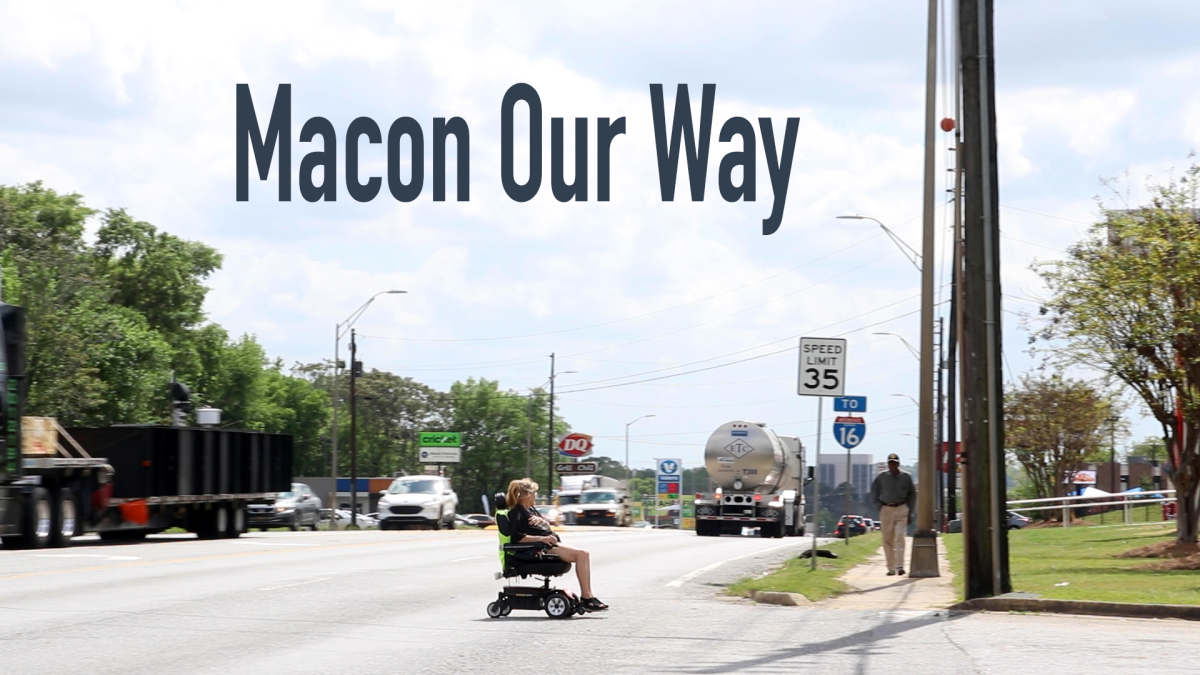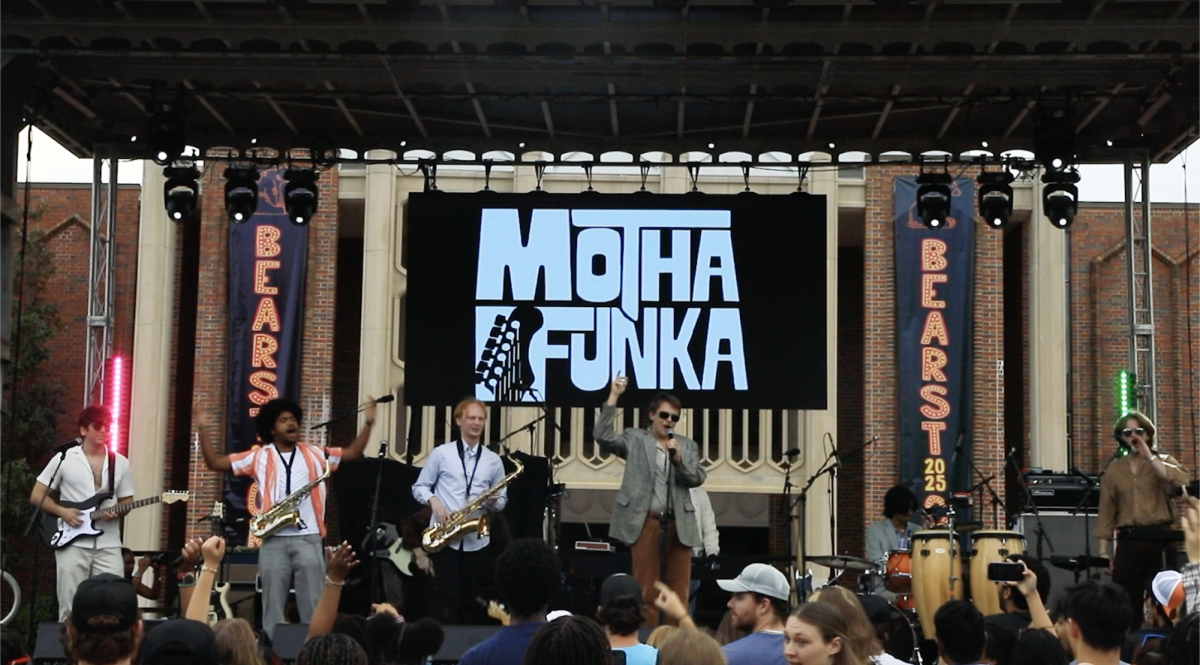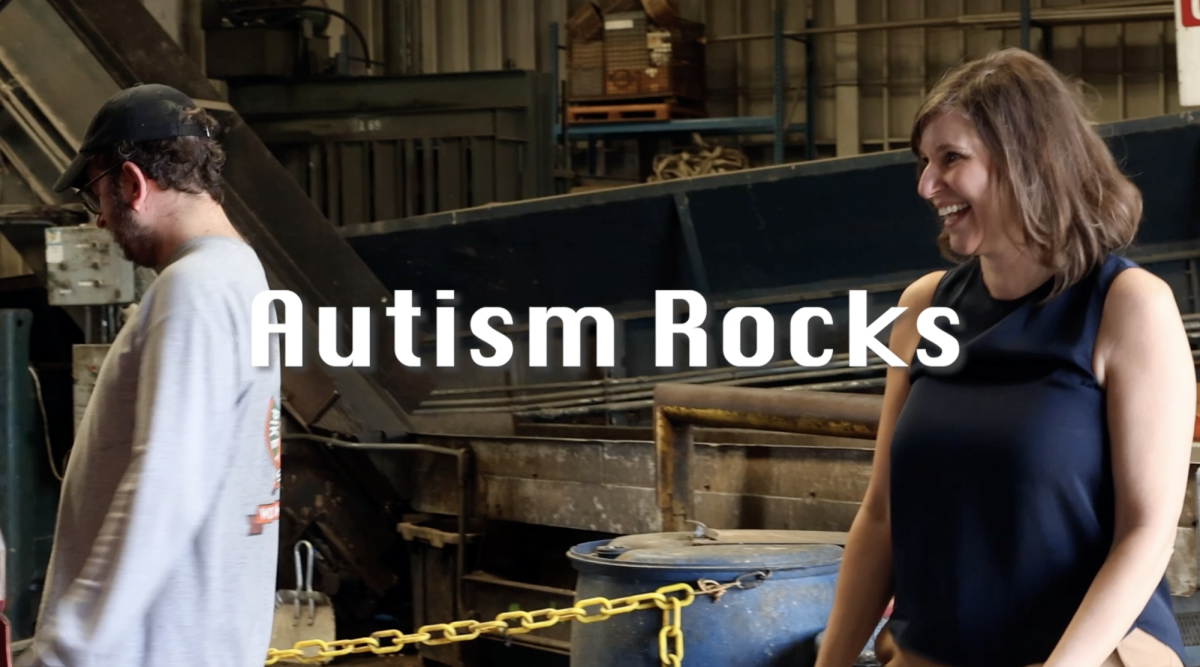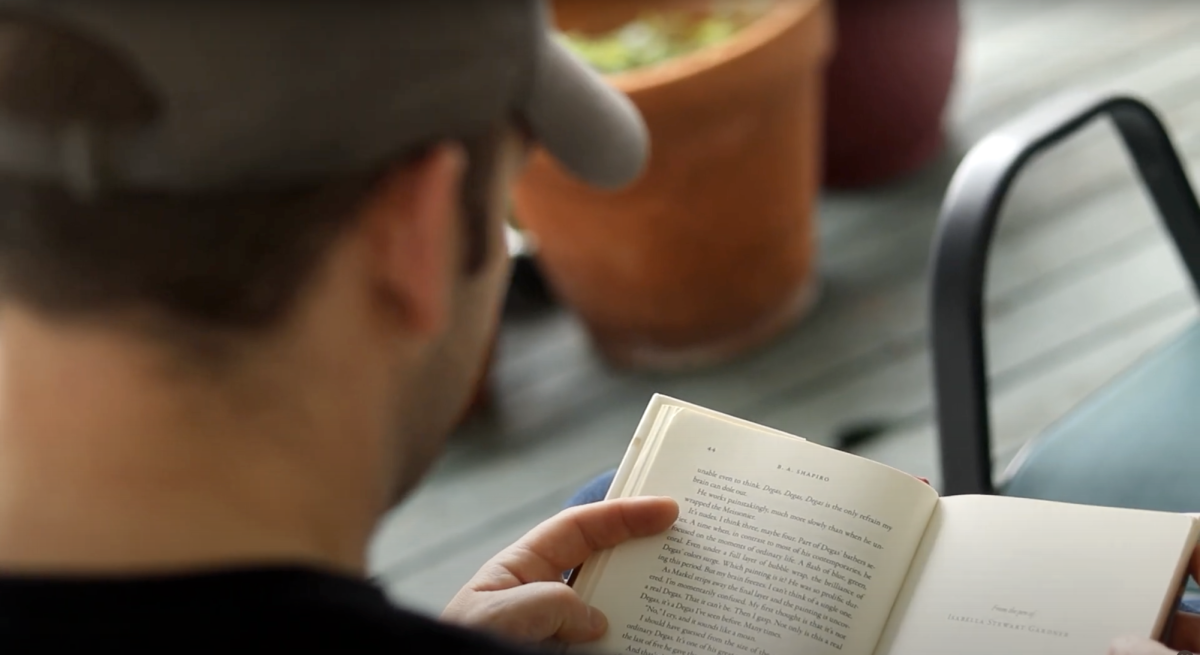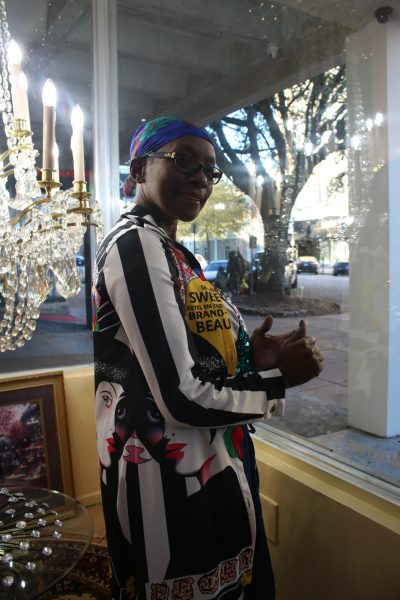
With a sidewalk view, you can catch the crystals of the chandelier glistening through the building’s windows. Where the fixture hangs in the corner near the entrance of a glass door, the light invites you to travel into the space.
Inside Elizabeth’s Vintage Boutique, you’ll see racks of clothes and displays of vibrant beads and jewelry. You’ll find yourself gliding your hands along the array of fabrics to touch the stiffness of leather, the sleek warmth of fur, and the sturdy quality of garments. All the colors you wouldn’t have thought to see in one place blend throughout the room in a seamless arrangement.
Fashion trends have historically driven consumers to buy more clothing, only to discard them after their popularity has declined. But Veronica Ragan, who owns Elizabeth’s Vintage Boutique and has a love for classic dress wear and nostalgic trinkets, advises shoppers to give vintage a chance.
“It’s just the beauty of vintage. It is beautiful than what is current and it’s different, vintage is different,” said Ragan, whose shop is on Cherry Street in downtown Macon.
Buying vintage was originally a hobby for Ragan post-retirement, but she soon realized she needed to share her passion for timeless materials. Opening a vintage boutique named after her daughter, was a business decision she made because of her admiration of unique items and to promote restoring the environment.
“We serve the environment. Honestly, that’s the number one and you bring back elegance. All that time, you bring it back to reality now,” Ragan said.
Fashion trends are constantly adapting and don’t remain long. Meanwhile, some current styles have revived clothing trends of the past. Purchasing second-hand items can be resourceful in attaining clothes of ageless quality and defeating the limits of fast fashion.
Ragan describes how she introduced a friend to vintage shopping after a longtime refusal to buy second-hand wear.
“She refused to come into the store because she buys Louis Vuitton. She’s a luxury girl,” Ragan said.
After much convincing, Ragan says her friend eventually walked into the boutique, and within a few moments of admiring the fur coats she had left with 10.
“Once you start, you can’t stop. What I can tell people like my friend is to give it a chance,” Ragan said.
According to 2024 reports from Worldmetrics, fast fashion brands annually release 150 billion new items of clothing that exceed consumer demand. And in relation to consumer purchases, clothes are only worn an average of 7 times before they are disposed of. Transitioning to secondhand and vintage shopping can make a drastic impact to prevent waste production and overconsumption.


